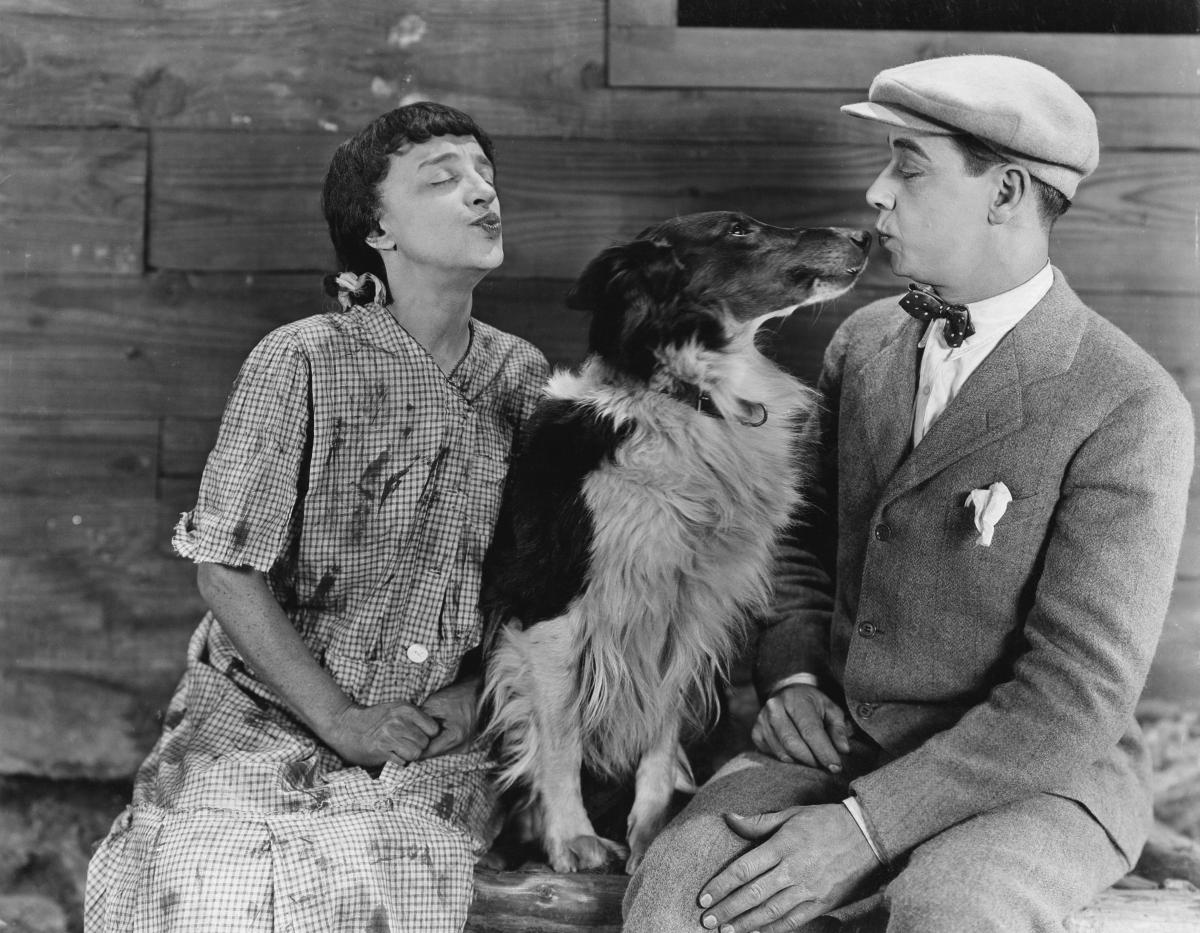Mere Exposure Effect – A reason why coworkers fall in love with each other and why regular customer interaction is so important
The myth goes as follows: A Taiwanese writes hundreds of love letters to his girlfriend, who lives far away from him. In the end she marries the mailman. Seeing him almost daily (similar to seeing colleagues at work) obviously lead to the “Mere Exposure Effect”[1]for her. It generally states: The more often you encounter a stimulus (object, message and mailman), the more positive your judgment will be based on feelings. Hence, you start liking him.

The psychological reason for this is complex. I can recognize, process and judge a familiar stimulus, which I have already been exposed to many times (e. g. a familiar dog in the neighborhood), faster, than a completely new stimulus (e. g. an unfamiliar dog). This small use of cognitive resources simply reflects a sufficient familiarity with the stimulus (at least subconsciously). And this is - evolutionarily viewed - a strong signal for a harmless, safe situation. Which means: The neighbor’s dog is good because he hasn’t been dangerous until now. In the end this leads to trust - in people, environments and also brands. The quicker, cognitive process additionally causes an underlying positive feeling in me, because I experience it as simple and effortless. This feeling falsely leads to the returning stimulus - a classical false attribute.
When transferring this Mere Exposure Effect to the marketing context it becomes clear why regular contact with the customer is important. Bold, widely-spread advertisement therefore leads not only to more publicity but also to an increased liking through multiple contacts. Those don’t even have to be perceived consciously. And the higher quantity of sympathy can be crucial for the decision process in front of the store shelf. Beyond from advertisement successful brands also create additional contacts with an elaborate content and CRM strategy. An inherent goal: presence with the customer. This creates implicit memory structures, familiarity and trust. Maybe this is why the average founding year of the Most Trusted Brands [2]in Germany is 1890 and not 2014.
[1] Overview articlel: Bornstein, Robert (1989), “Exposure and affect: Overview and meta-analysis of research, 1968–1987”, Psychological Bulletin, Vol. 106 (2), 265-289
[2] See: rdtrustedbrands.com





